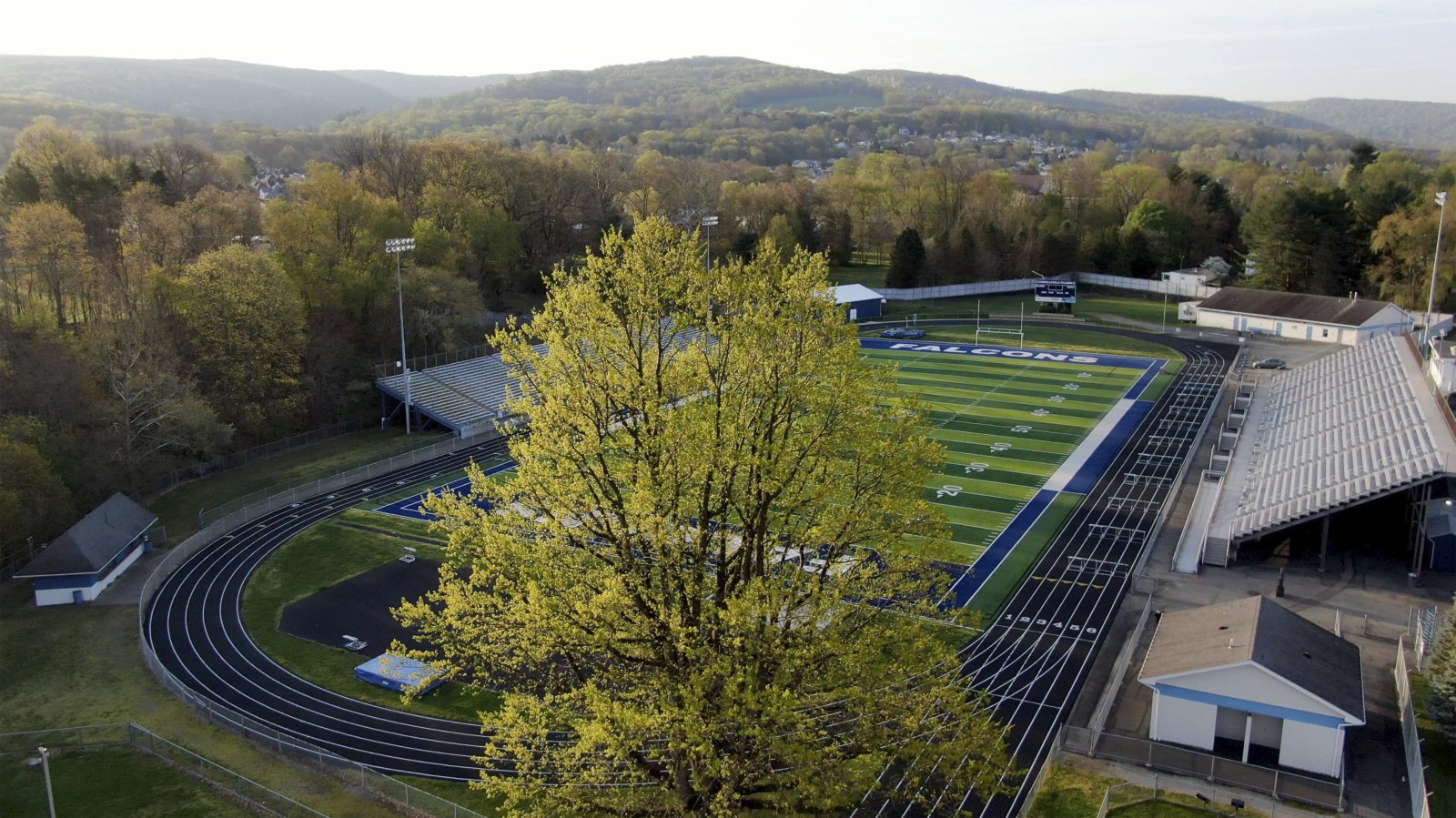July 29, 2021
By JASON CATO, Tribune-Review
Halfway home, “Long John” Woodruff made his move.
It wouldn’t be his last.
The young, novice runner raced before 110,000 people packed into Olympiastadion, including those in a special box built for Adolph Hitler. The German chancellor and his Nazi brass believed the Berlin Games – the Hitler Games – would showcase the dominance of the Aryan race on the world stage — even as the they tried to exclude athletes who were Jewish or of color.
Woodruff paid no mind.
He stared down the man leading the pack in the 800-meter final in the 1936 Olympics, the last that would be held before World War II engulfed the globe and derailed his athletic career.

John Woodruff, a freshman at the University of Pittsburgh, wins the 800-meter race at the Olympic Games in Berlin, in this Aug. 8, 1936 file photo. (AP).
The 21-year-old from Connellsville, standing 6-foot-3, towered over the field. His dark skin also made him stand out as one of two Black athletes in race. He closed in on the other, Canadian middle-distance runner Phil Edwards, and set in behind him.
“I decided I am going to exercise a little strategy – to make sure I won the race by laying back in second position,” Woodruff would later explain. “The plan was to wait until last 300 meters and start my kick.”
Soon, strategy and patience were all but exhausted.
Woodruff had been told to follow Edwards, who was known for his fast start. Instead, the Canadian set a “very, very slow pace.”
Two runners, then a third, pulled up on Woodruff’s right — boxing him in. Each step led him further into a nightmare.
He had to break out. But how? If he forced his way, he would be disqualified.
Pressure forced the drastic – and perhaps his only shot.
“The only way I could get out of that box was to stop,” Woodruff told the U.S. Holocaust Memorial Museum in 1996.* “So, I stopped.”
Or it surely seemed.
“He didn’t stop completely,” said longtime friend Herbert “Herb” Douglas, who at 99 is the oldest living U.S. Olympic medalist, having won bronze in the long jump at the 1948 London Games. “He says he did, but if you see the film … he really slowed down.”
Regardless, Woodruff faded from second to third from last, as he slowed and watched as the rest of the world’s best blurred by. It seemed his only chance.
Suddenly, he dug in a left spike, then a right.
“I actually started the race twice,” Woodruff said.
(*Note = All quotes attributed to John Woodruff are from a 1996 oral history interview with the U.S. Holocaust Memorial Museum, unless otherwise noted.)








